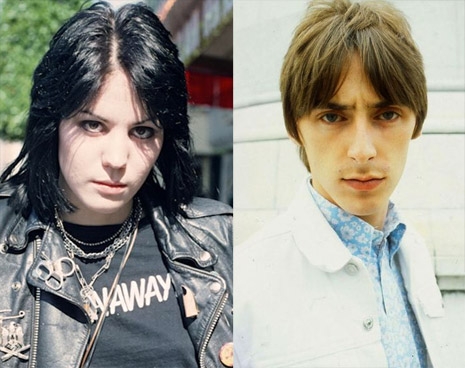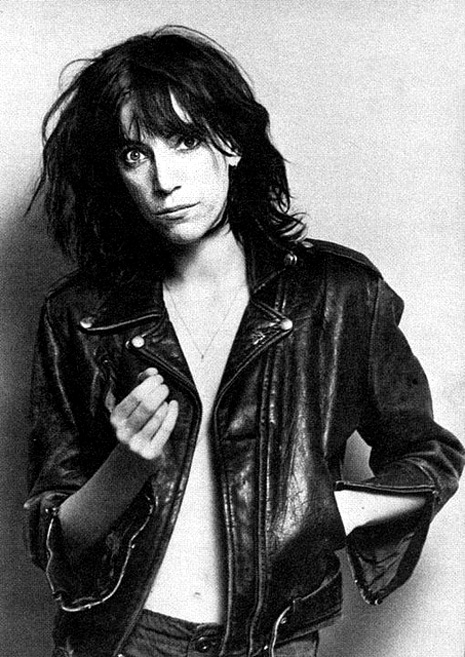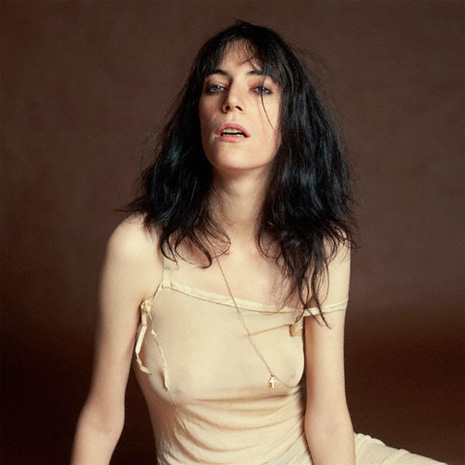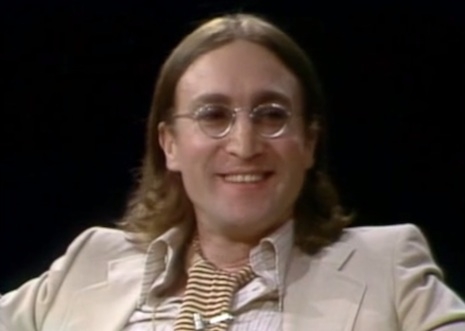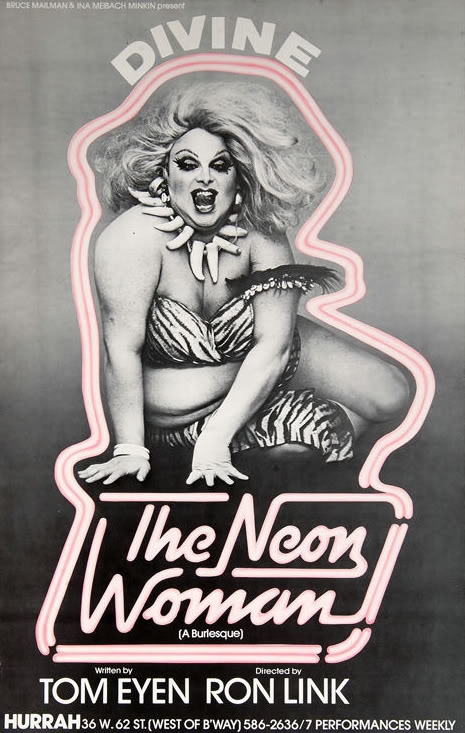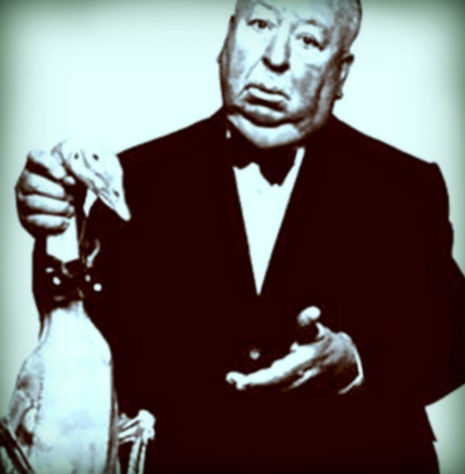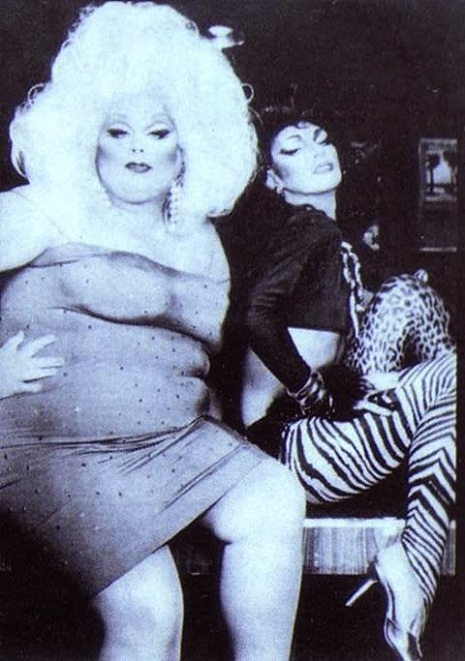
Tom Snyder’s late-night talkfest The Tomorrow Show was one of the more reliable sources of stimulating programming in the 1970s and early 80s. Snyder was a lanky Midwesterner with an emphatic speaking style and a certain fearlessness about presenting off-kilter content on TV. When John Lennon and the Clash appeared on the show in 1975 and 1981, respectively, the result was frankly riveting television. It didn’t always click to that extent, such as the Ramones’ visit to the Tomorrow studio, primarily because Snyder himself was on vacation, with regular guest host Kelly Lange stepping in.
Lange seems like a perfectly nice lady but in all honesty she didn’t really make much sense as a guest host for a show that highlighted the “provocative” so strongly, and she was certainly not a very good choice to interview the Ramones! The Ramones were supporting Pleasant Dreams and they were firmly in their permanent state of disappointment in terms of generating sales after the Phil Spector-produced End of the Century, which was widely interpreted as a move to shake things up. Pleasant Dreams features at least one stone-cold Ramones classic, in “The KKK Took My Baby Away,” but the sales didn’t live up to expectations.
The Ramones’ segment on The Tomorrow Show starts with a rendition of “We Want the Airwaves,” after which we get a few minutes of fairly innocuous chitchat. After the conversation the Ramones re-take the stage and play “I Wanna Be Sedated” and “The KKK Took My Baby Away.”
According to Marky in his book Punk Rock Blitzkrieg: My Life as a Ramone, the band didn’t care too much that they hadn’t gotten Snyder himself for the interview:
We liked The Tomorrow Show because an interview with Tom was not standard fare.
Tom sat you down like a guest in his own living room and plunged headfirst into your situation like a half-journalist/half-shrink. If three million or four million people happened to be watching, so be it. He laughed hard, he scoffed hard, and he set the bar for a good interview right around the bar for good sex—nothing short of sheer exhaustion was acceptable. Once Dan Aykroyd of Saturday Night Live had captured the manic flap of the head and arms in his brilliant impression, Tom Snyder was permanently etched into the brain of everyone who stayed up past eleven thirty.
The official name of The Tomorrow Show was Tomorrow with Tom Snyder, but that applied to tomorrow, not today. Tom was out, so for our afternoon taping we were getting the substitute host, Kelly Lange. Lange had done the news with Snyder out in Los Angeles and was a fairly regular stand-in, but she was no Tom Snyder. We didn’t care. We were happy to get a national spot.
Sensitive Joey, however, may not have been able to shrug it off so easily. According to Joey’s brother Mickey Leigh in his book I Slept with Joey Ramone: A Punk Rock Family Memoir, Joey said of the appearance, “We waited all these years to come on The Tomorrow Show and meet Tom Snyder, and we find out he was on vacation. Tom doesn’t even show up!”
One of the best things in this clip is the tight close-up of Marky’s nervously bobbing Chuck Taylor—if you watch you’ll see what I mean.
Watch the video after the jump….....






